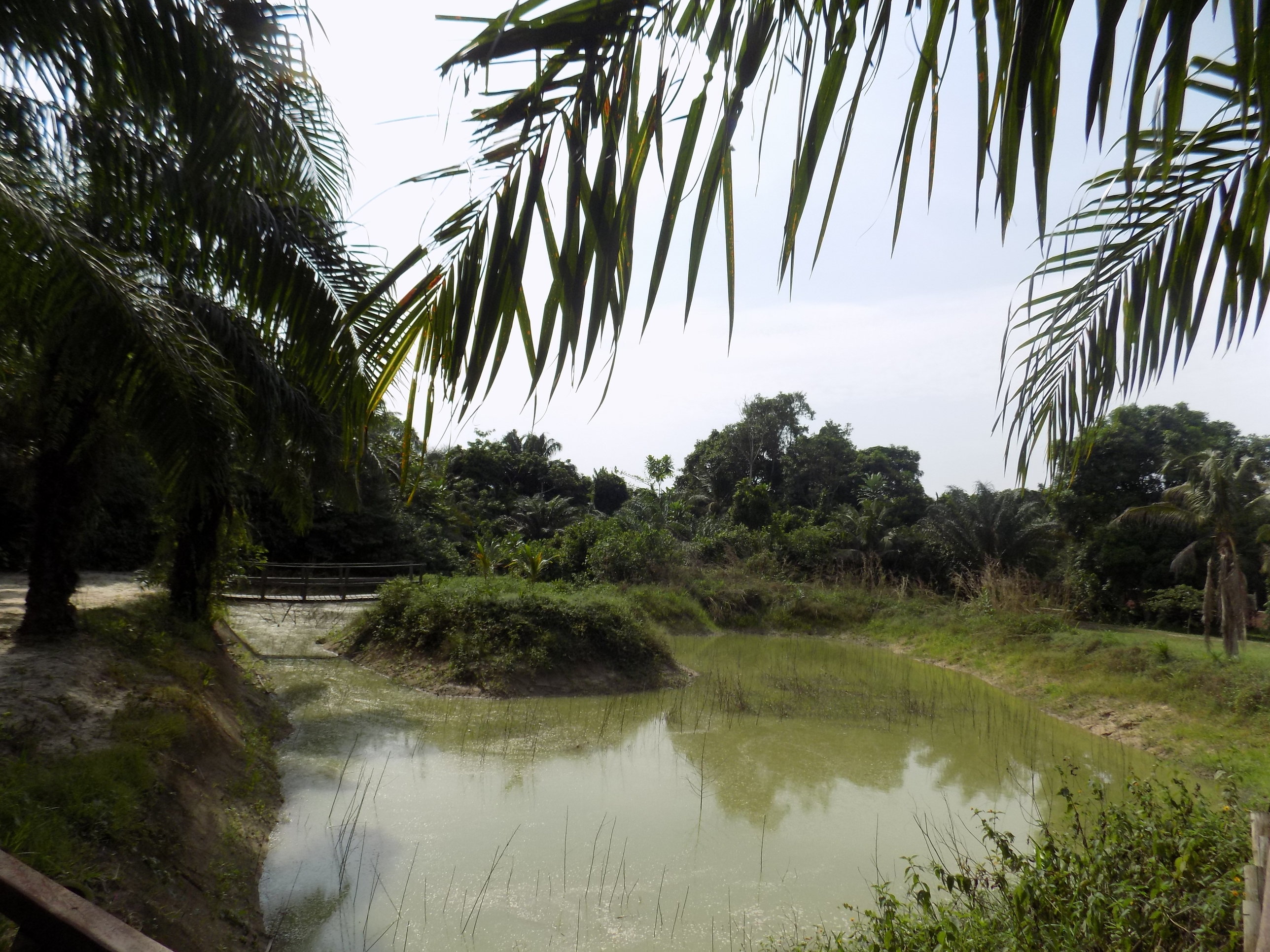A series of trainings for national decision makers was conducted covering topics such as FLR terms & definitions, strategies addressing drivers of degradation (e.g. wood energy), as well as financing options. Capacity building was conducted continuously and had a ‘training on the job’ character; it was aligned with concrete aspects such as FLR studies (ROAM study, financing options), the national FLR strategy and identification of FLR priority landscapes. ~40 relevant actors (universities, civil society, private sector) were able to provide their input in the form of questionnaires on how to define priority areas for FLR, which was a cornerstone of capacity building.
The training was complemented by the participation of national representatives at various FLR & AFR100 regional and international conferences; this enabled further knowledge exchange at global level to improve national strategies.
At present, capacity building focuses at the regional level; a training module has been developed and tested in Boeny region in April 2018 and will be adapted for application in Diana region. Additional trainings will be held for the Ministry of Spatial Planning, covering land governance.
